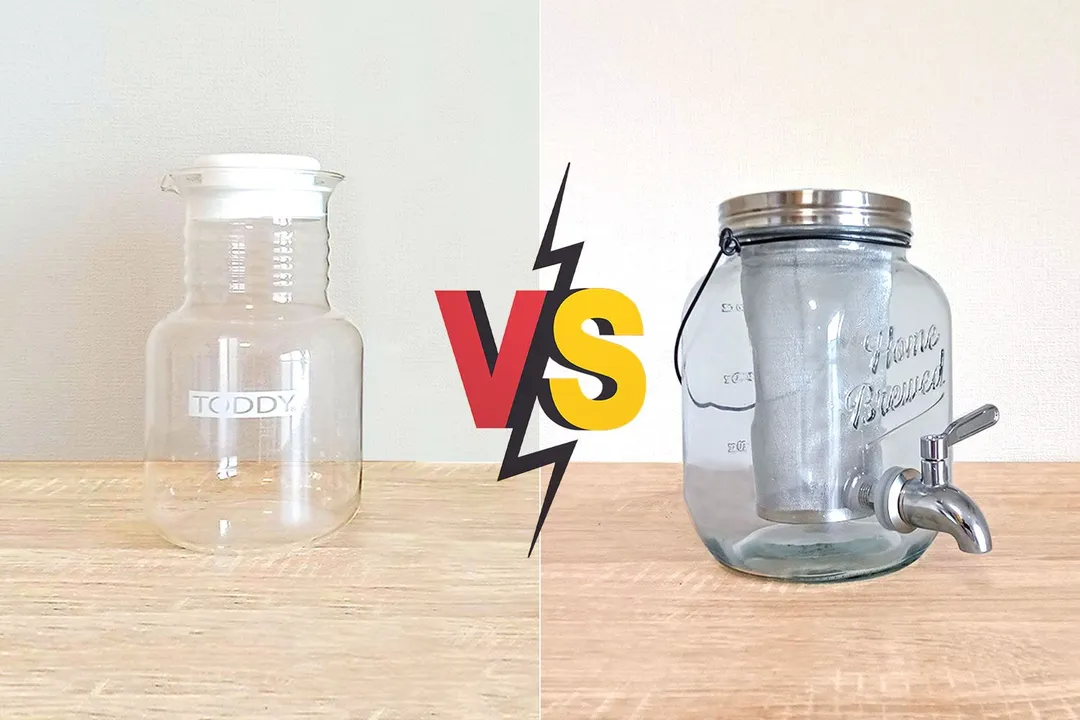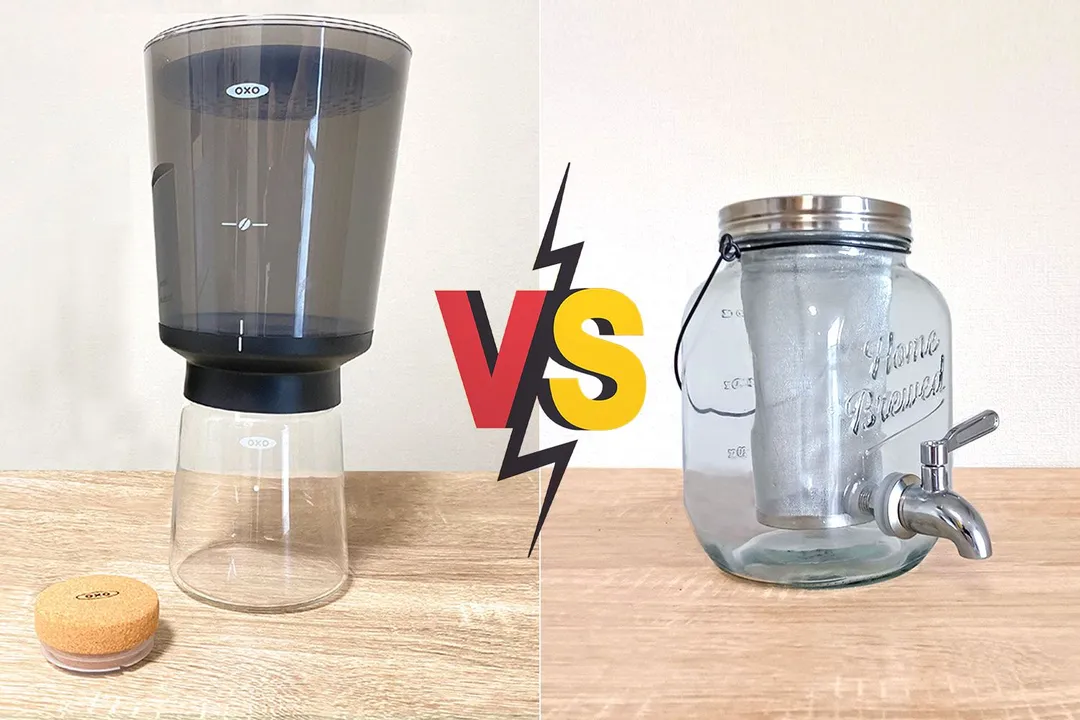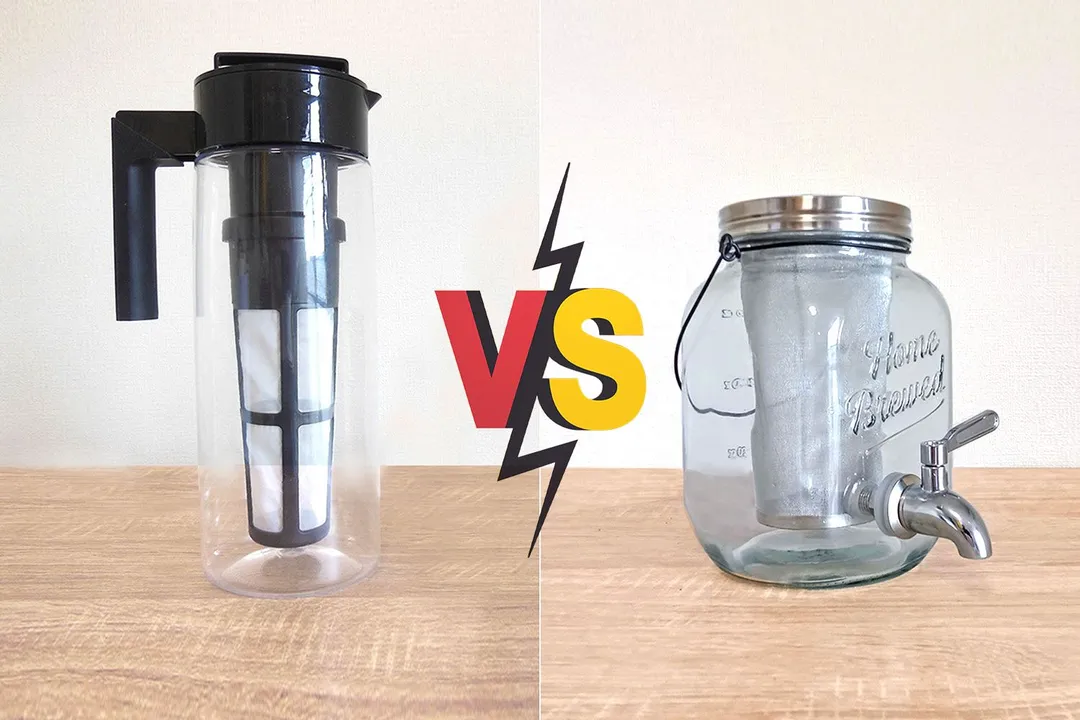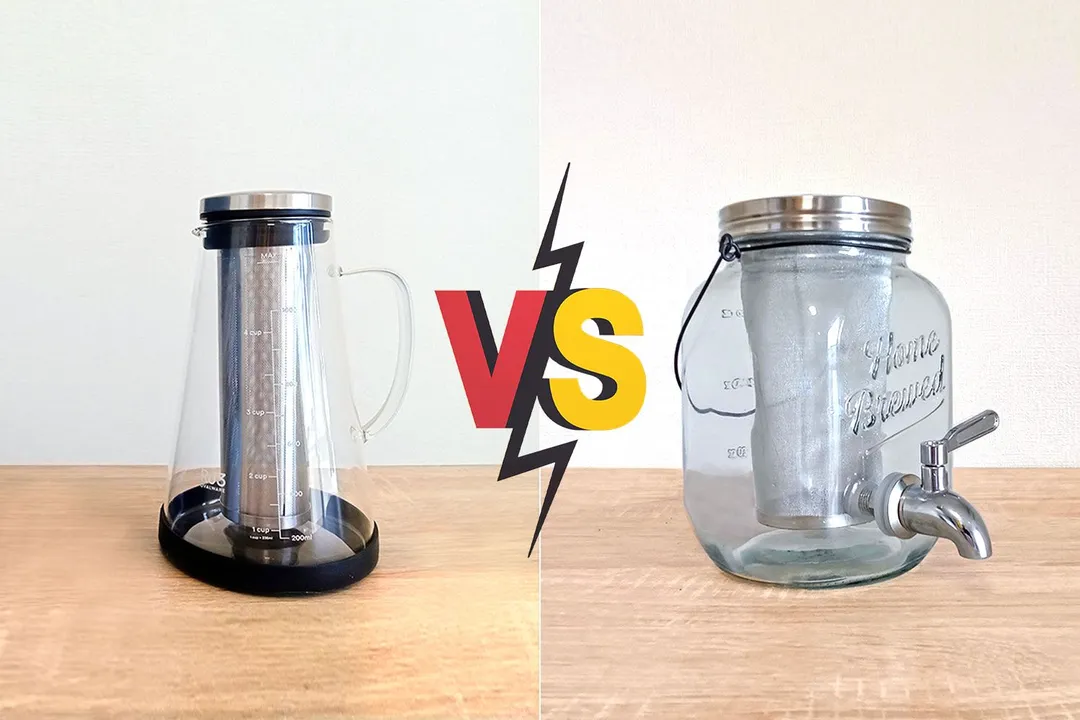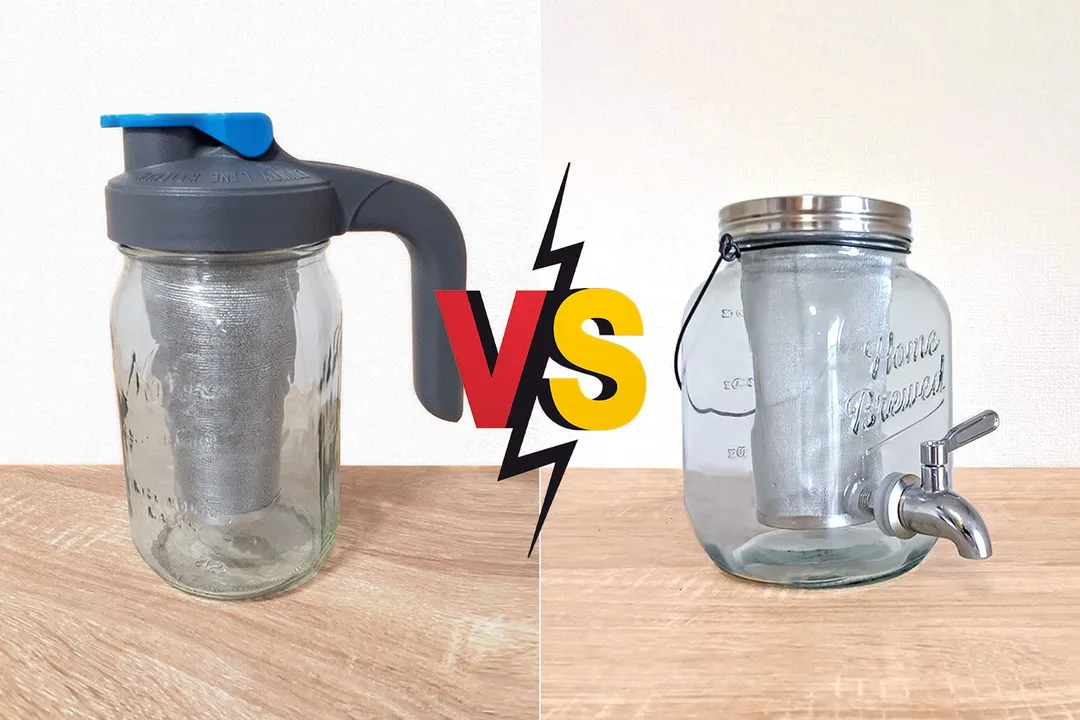Our recommendations are made independently through Research & Testing. We may receive commissions from purchases made via our links.
Primula Burke vs Willow & Everett Side-by-Side Comparison
Primula Burke cold brew coffee maker vs Willow & Everett. Discover which kind of filter works, and which doesn’t for cold coffee brewing.
Primula Burke Deluxe
Tested Using Methodology v1.0Willow & Everett 1 Gallon
Tested Using Methodology v1.0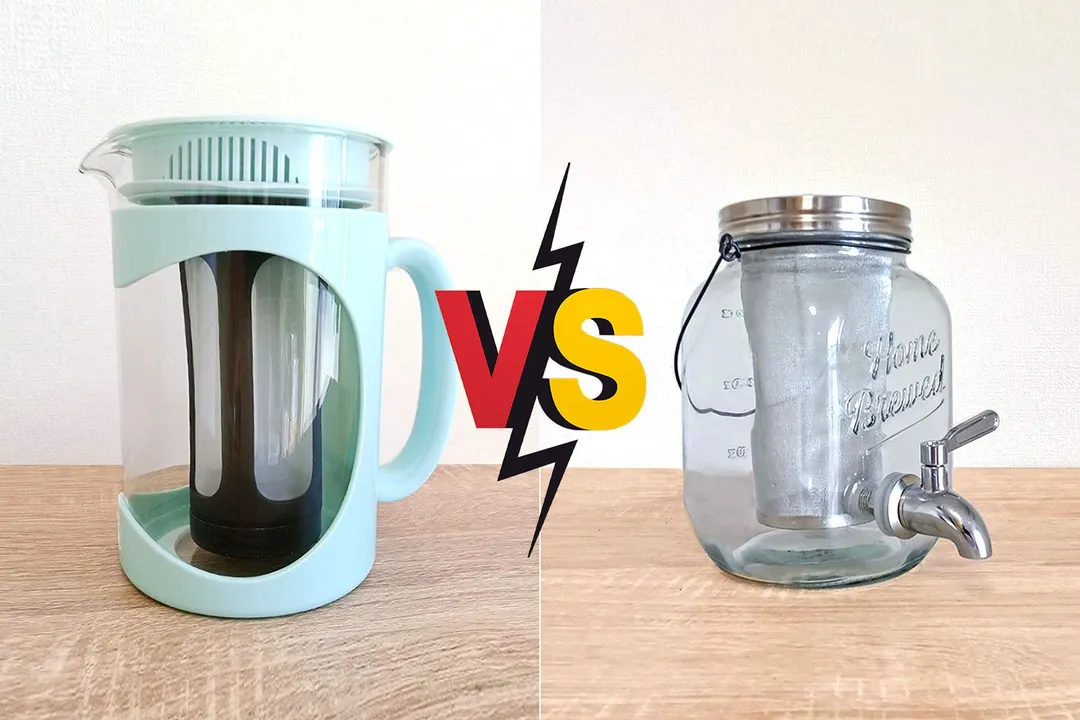
Overall Verdict
The Primula Burke and Willow & Everett couldn’t be more different in the quality of the cold brew they produce. The Primula Burke, while quite commendable for its practical design and color range, produced some of the weakest and poorest tasting cold brew coffee in our tests.
The brew ratio of the Primula is not that different from other immersion filter brewers. The difference between these two brewers, however, lies in the design and concept of the filter. The plastic and nylon filter of the Primula Burke allowed for minimal cross flow and therefore an acceptable brew could not develop. Furthermore, its all-plastic design is not ideal for hot brewing other beverages so its practical use is limited.
The Willow & Everett is a good choice for a cold coffee maker if the quality of the brew is more important than design considerations. Not without its flaws, the tap doesn’t always work smoothly, the lid is poor quality, and the glass around the spigot is potentially fragile.
Pros & Cons
- Detachable filter base
- Protective plastic jacket
- Lid design
- Easy to clean
- Thick glass
- Funky design
- Brew ratio
- Brew quality
- Tap dispenser
- No measurement markings
- A little heavy
- Weak brew strength
- Lid design
- Weak glass around tap
- Tap is temperamental
- No literature
Key Specs
Where to Buy
*You help support HealthyKitchen101's product testing and reviews by purchasing from our retail partners.
Analysis and Test Results
Brew Quality
Bouquet
Drinkability

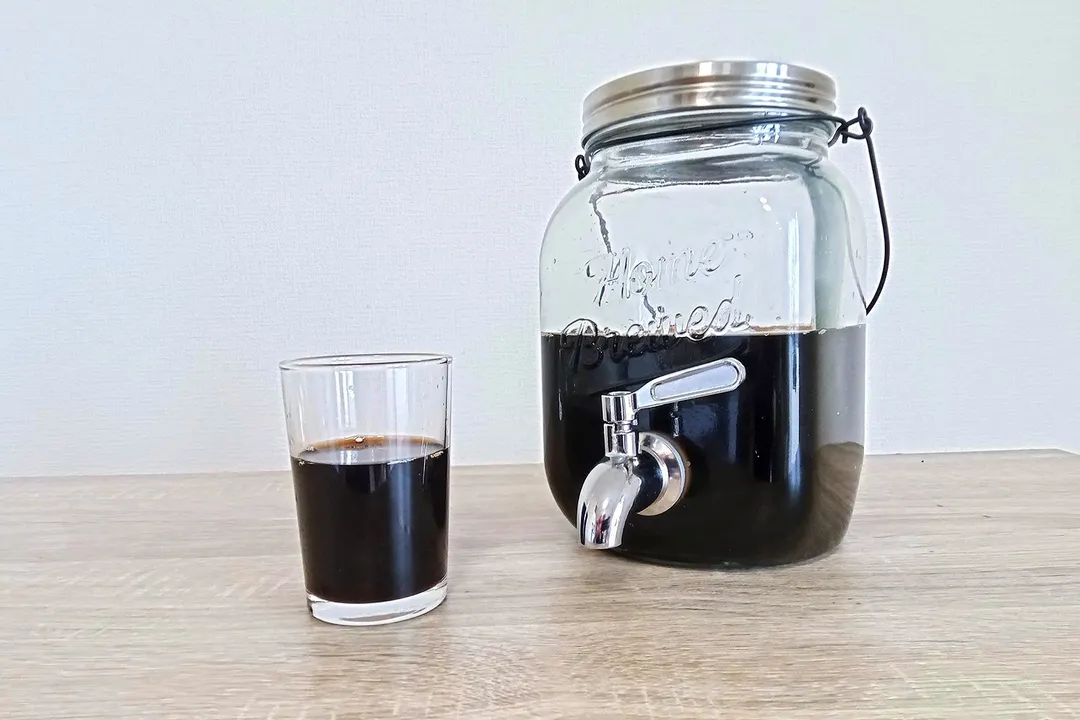
Sediment
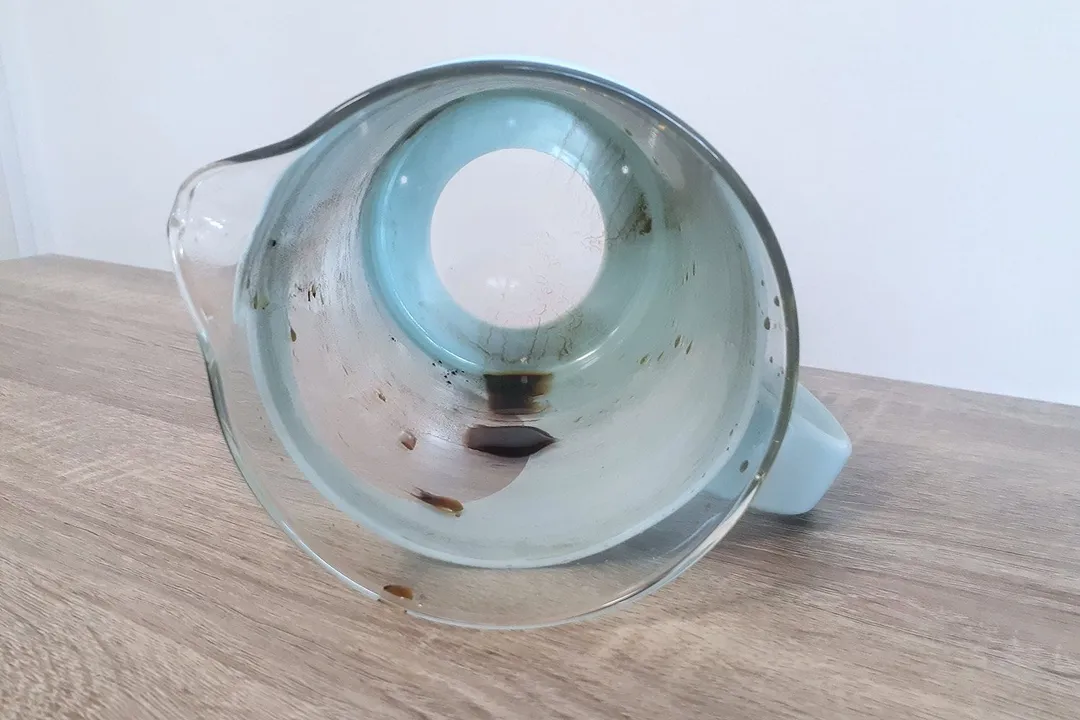
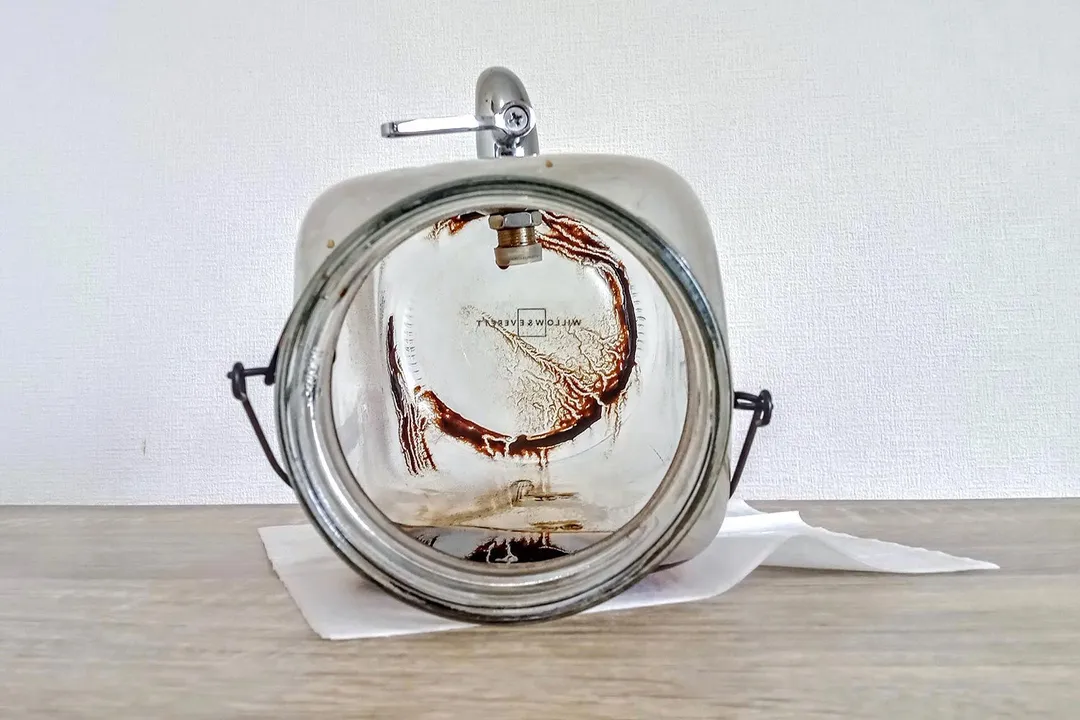
Design
In the Box


Decanter
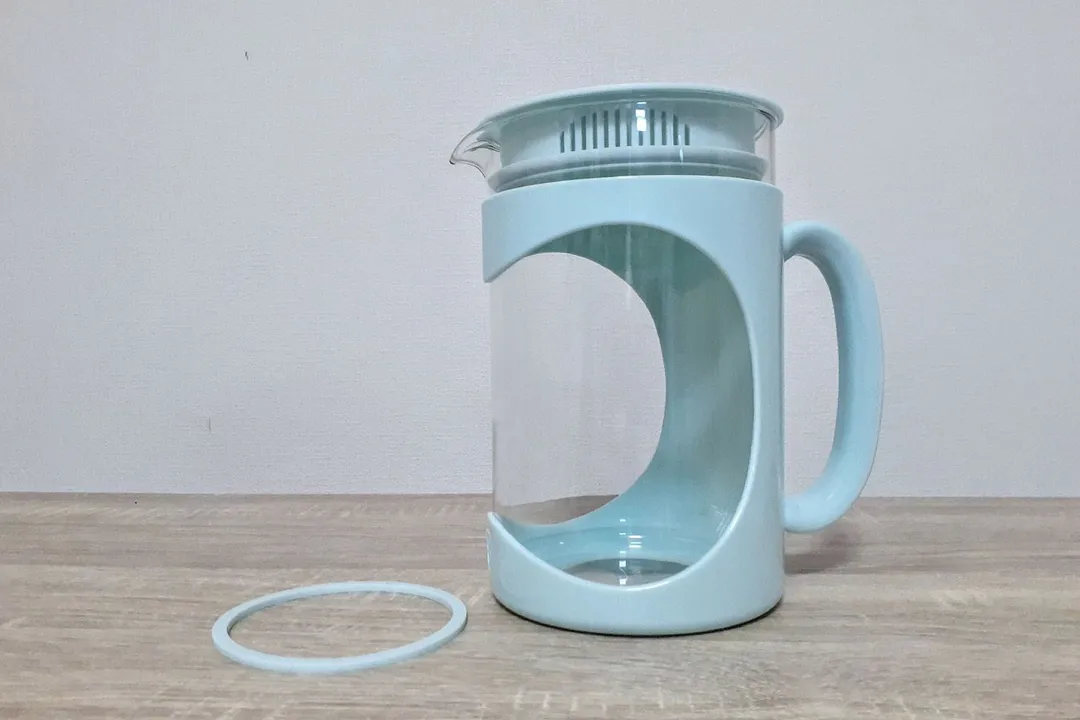
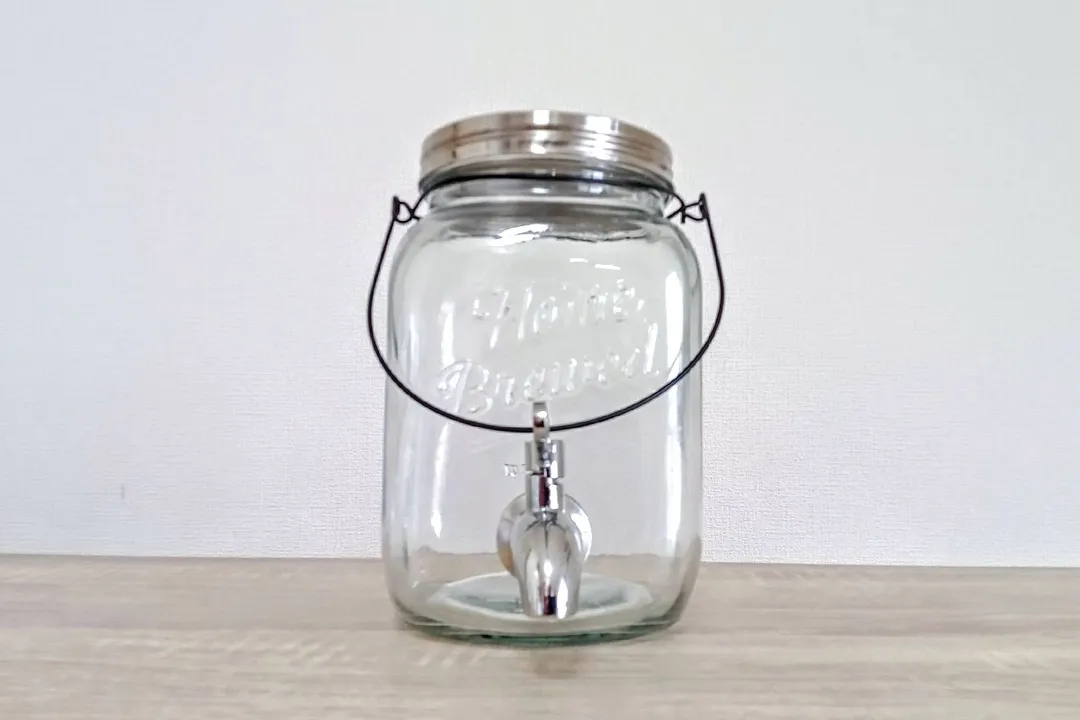
Stopper / Lid
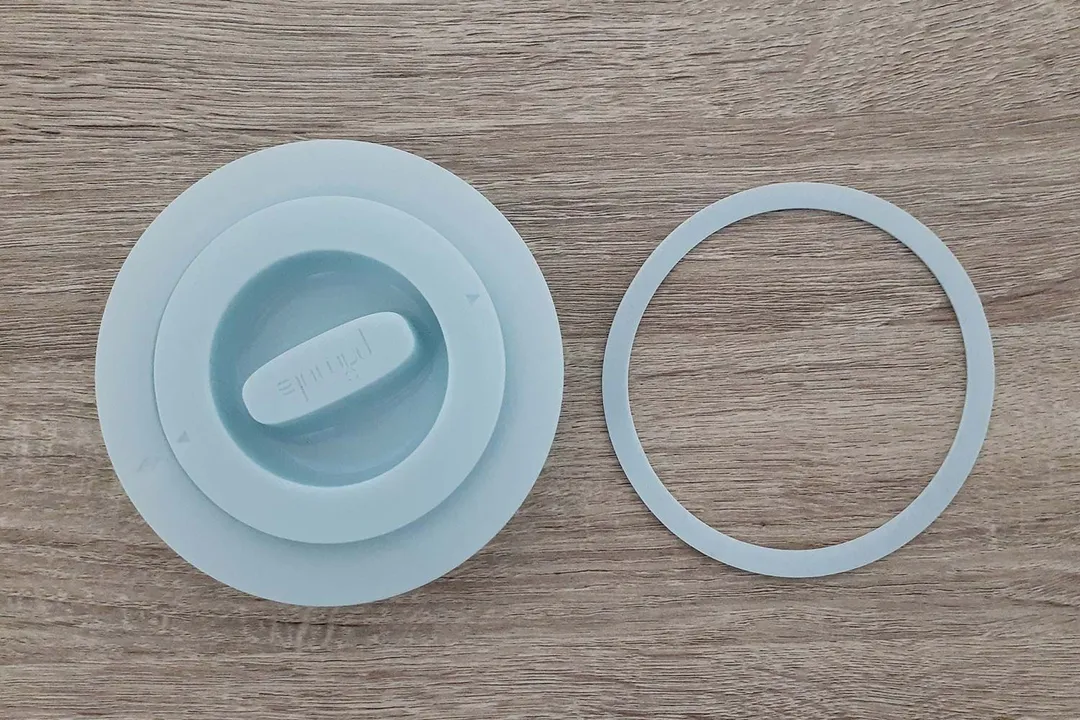
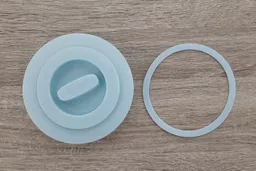


Filter
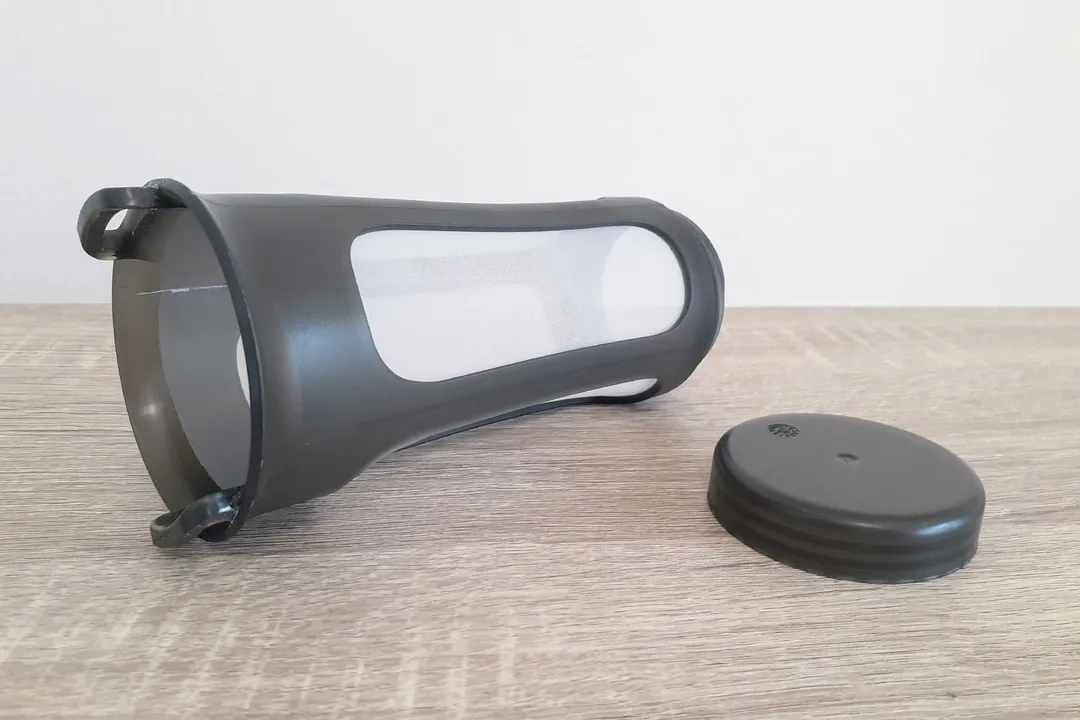

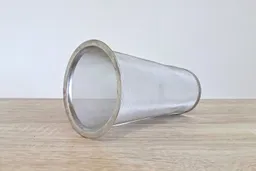

Build Quality


Usability
Brewing
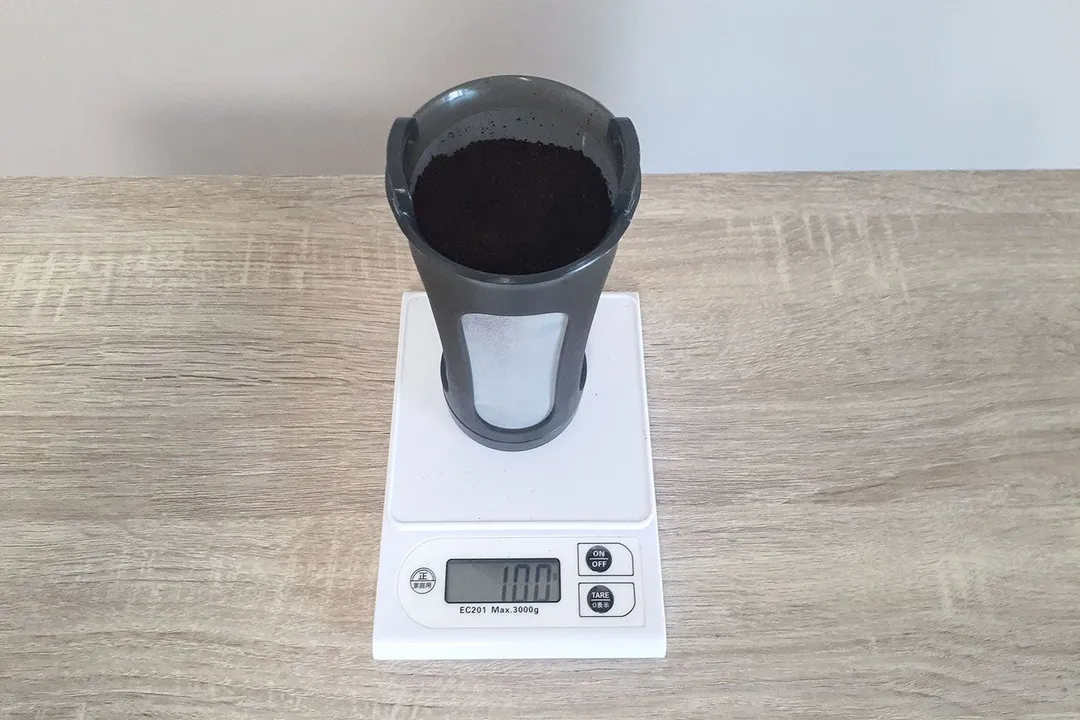
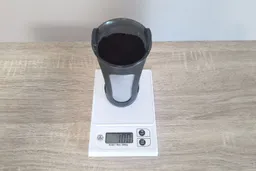
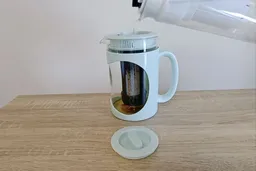

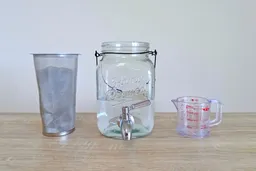

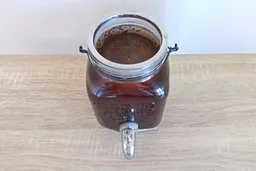
Decanting
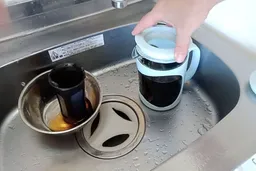
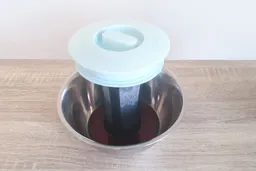
Cleaning and Storage
Behind the Comparison
Roger Shitaki is a writer, author, and editor. His niches are household appliances, health & wellness, and travel. He’s a freelance contributor to a Tokyo lifestyle website and a leading ophthalmology magazine in Asia.

